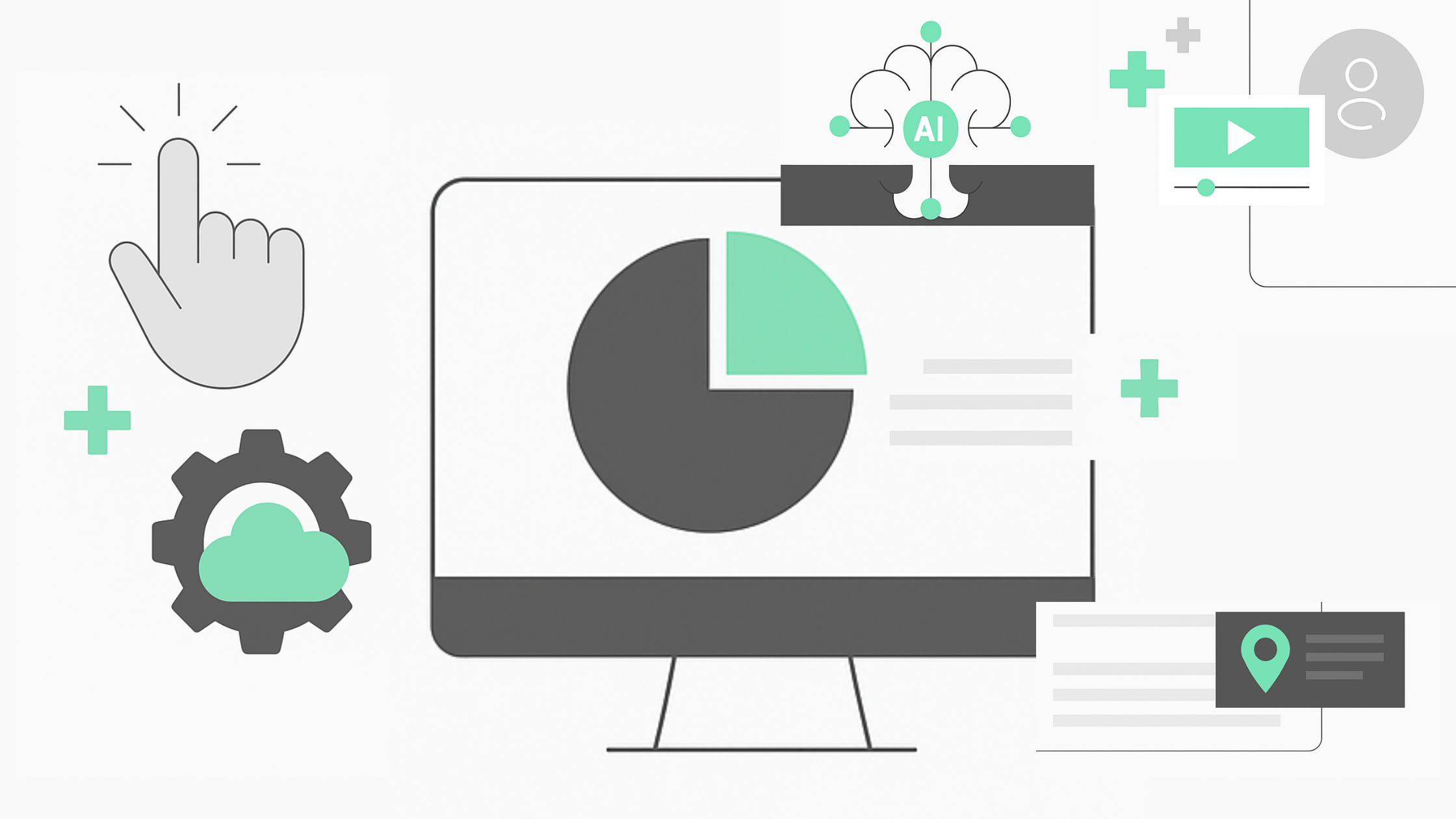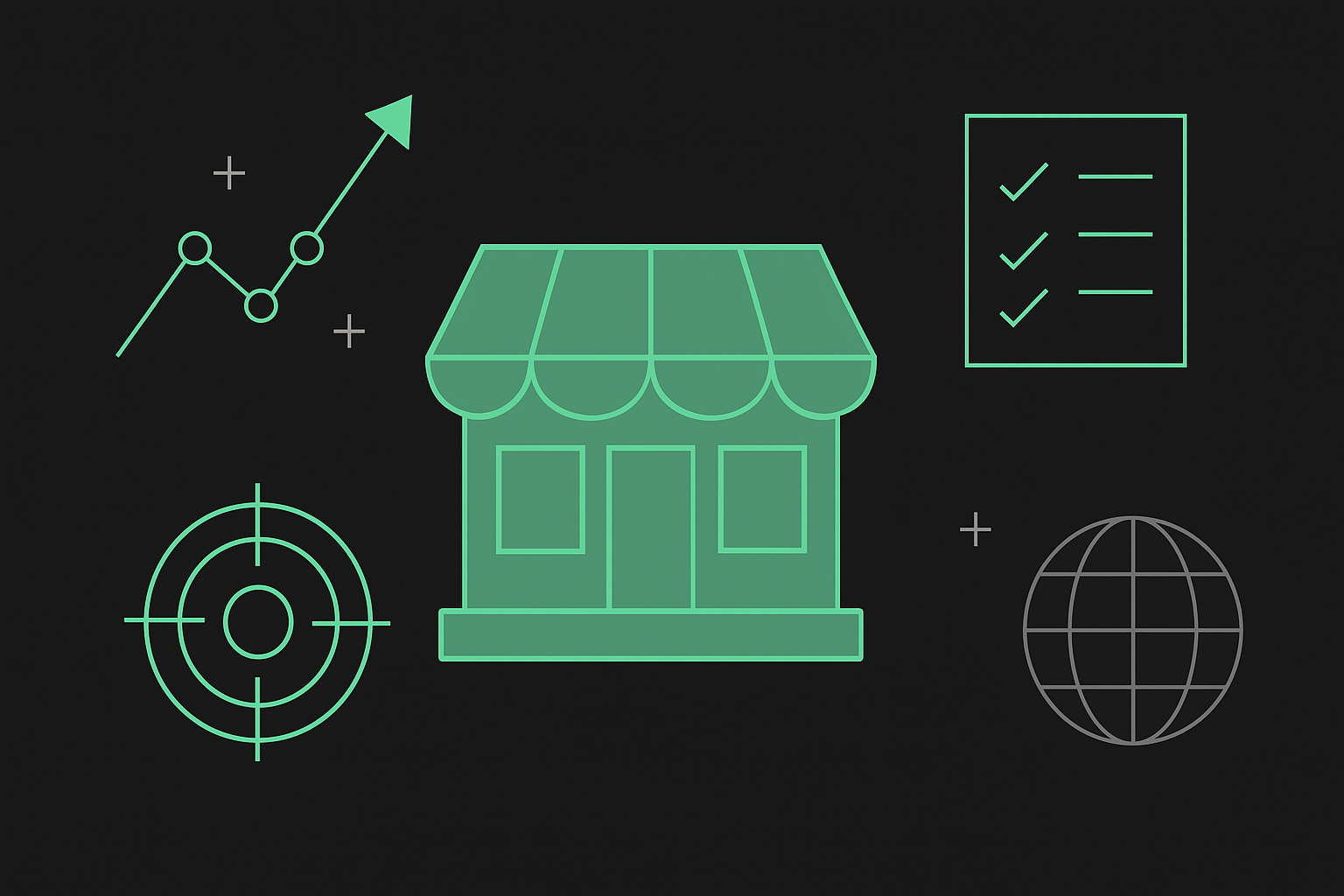The Dos & Don'ts of Lifecycle Marketing
Businesses are constantly seeking innovative strategies to connect with their audience, build brand loyalty, and drive sustainable growth. Lifecycle marketing focuses on nurturing customer relationships throughout their entire journey with a brand.
Like any marketing strategy, there are both best practices and pitfalls to be aware of. In this guide, we will explore "The Dos & Don'ts of Lifecycle Marketing," offering valuable insights, practical tips, and real-world examples to help you make the most of this transformative approach to customer engagement.
What is Lifecycle Marketing?
Lifecycle marketing is a customer-centric strategy that recognizes that a customer's journey with a brand is not linear but rather a series of stages, from awareness and consideration to purchase and loyalty. This approach tailors marketing efforts to address the unique needs and preferences of customers at each stage. By doing so, businesses can foster long-lasting relationships, drive repeat purchases, and turn customers into brand advocates.
At its core, this approach is all about tailoring marketing efforts to meet the unique requirements and preferences of customers at each stage of their journey.
In the initial stages, such as awareness and consideration, customers are just getting to know your brand. They are seeking information, exploring options, and trying to understand how a particular product or service can address their pain points. Effective lifecycle marketing at this stage involves providing informative content, establishing brand credibility, and nurturing the budding interest of potential customers.
As customers progress to the purchase stage, they require a different approach. They need assurance that their decision to buy is the right one. Here, lifecycle marketing can provide targeted incentives, personalized recommendations, and a smooth purchasing process to facilitate conversion.
However, the journey doesn't end with the purchase; it continues into the post-purchase phase. Brands can engage customers post-purchase by delivering exceptional post-sale support, exclusive offers, and valuable content that enhances their product or service experience. This not only fosters loyalty but also encourages repeat purchases.
One of the most significant benefits of this approach is its potential to cultivate long-lasting relationships with customers. By acknowledging and addressing their evolving needs and preferences at each stage, businesses can demonstrate a genuine commitment to their customers' well-being. This, in turn, builds trust and loyalty, turning customers into enthusiastic advocates who recommend the brand to others.
When customers are continuously engaged and satisfied, they are more likely to remain loyal to the brand over the long term. This translates into higher revenue potential as these loyal customers not only make repeat purchases but also have the potential to become brand evangelists who refer others to the business.
Tailoring marketing efforts to each stage enables businesses to build lasting relationships, drive repeat purchases, and transform customers into loyal advocates.
Best Practices for Lifecycle Marketing
Creating a lifecycle marketing strategy can be complex and challenging, however, adhering to these practices can not only effectively navigate these complexities, but also create lasting connections with their customers.
Understand Your Customer's Journey
A crucial foundation of effective lifecycle marketing is gaining a deep understanding of your customer's journey. Take the time to map out this journey, identifying key touchpoints, decision-making stages, and potential pain points. By doing so, you can tailor your marketing efforts to meet your customers where they are in their journey, providing them with relevant information and solutions. For instance, when a potential traveler shows interest in a particular destination, Airbnb responds by sending personalized recommendations and destination guides. This not only enhances the user's experience but also increases the likelihood of conversion.
Personalization and Segmentation
Embrace personalization and segmentation in your lifecycle marketing strategy. Use the customer data at your disposal to segment your audience effectively. Create distinct customer segments based on behavior, preferences, and demographics. Then, deliver highly personalized content and offers tailored to each segment's specific needs and interests. For example, Amazon analyses user browsing and purchase history to tailor product recommendations to each customer. This not only enhances the user experience but also drives increased sales by presenting customers with items they are likely to be interested in.
Use Multichannel Marketing
Today's customers engage with brands across multiple channels, and to provide a seamless customer experience, you should be where your customers are. Engage with your audience through various channels, including email, social media, your website, mobile apps, and more. Ensure a consistent message and brand presence across all channels. For instance, Spotify uses email, push notifications, and in-app messages to keep users engaged. By personalizing playlists and recommendations, they create a cohesive and engaging experience, whether you're on the go, at your desk, or relaxing at home.
Measure and Iterate
The key to optimizing your lifecycle marketing strategy is to measure and iterate. Continuously analyze the performance of your lifecycle campaigns. Employ robust analytics tools to track key metrics such as engagement rates, conversion rates, and customer retention. Use data-driven insights to refine and improve your marketing efforts over time. HubSpot is a great example. Their suite of analytics tools allows businesses to track the effectiveness of their lifecycle marketing efforts. By closely monitoring how campaigns are performing, you can make informed decisions and refine your strategies to achieve better results.
Incorporating these best practices into your lifecycle marketing strategy will not only enhance customer engagement but also contribute to building strong, lasting relationships with your audience, driving loyalty, and ultimately, boosting your business's success.
Common Mistakes to Avoid When Implementing a Lifecycle Strategy
While an effective lifecycle strategy can improve customer engagement, there are common pitfalls that can minimize the impact of your lifecycle marketing effort. Here are some common mistakes to avoid.
Neglecting Customer Data Privacy:
Never underestimate the importance of safeguarding customer data. Mishandling data can lead to breaches of trust and potentially legal consequences. It's crucial to ensure compliance with data protection regulations and prioritize your customers' privacy rights. A good example is Facebook's data privacy debacle, which resulted in widespread backlash and eroded trust among millions of users. This stark violation of privacy serves as a warning, emphasizing the need for businesses to protect customer data vigorously.
Overlooking the Post-Purchase Stage
Don't get too caught up in the pursuit of new customers to the detriment of those who have already chosen your brand. Neglecting post-purchase engagement can lead to customer churn and missed opportunities for nurturing long-term relationships. For instance, consider a retail company that offers substantial discounts to attract new customers but fails to recognize the importance of retaining existing ones. By not providing loyalty rewards or post-purchase engagement initiatives, they risk losing customers they worked hard to acquire initially.
Generic Messaging
Avoid sending one-size-fits-all messages. Generic content fails to resonate with diverse audiences and can even alienate customers, reducing overall engagement. Think of a fitness app that sends identical workout reminders to all users, regardless of their fitness level, goals, or preferences. Such generic messaging can frustrate users, as it doesn't cater to their individual needs and preferences.
Failure to Adapt:
Don't stagnate with a static marketing strategy. Customer preferences and market dynamics are continually evolving. Failing to adapt your lifecycle marketing strategy accordingly can lead to obsolescence. A good example is the decline of Blockbuster and the rise of Netflix. Blockbuster clung to its brick-and-mortar video rental model, while Netflix embraced digital streaming and adapted its services to changing consumer behavior.
Prioritizing data privacy, recognizing the value of post-purchase engagement, personalizing messaging, and adapting to changing circumstances are essential components of a successful customer-centric approach.
In essence, understanding and applying the dos and don'ts of lifecycle marketing is pivotal in today's dynamic business landscape. Avoiding these pitfalls not only preserves customer trust but also fosters lasting relationships and fuels growth. At Outliant, we specialize in creating innovative solutions. Book a call with us today, and let's explore how we can tailor a winning strategy to your brand's needs and drive sustainable success.










